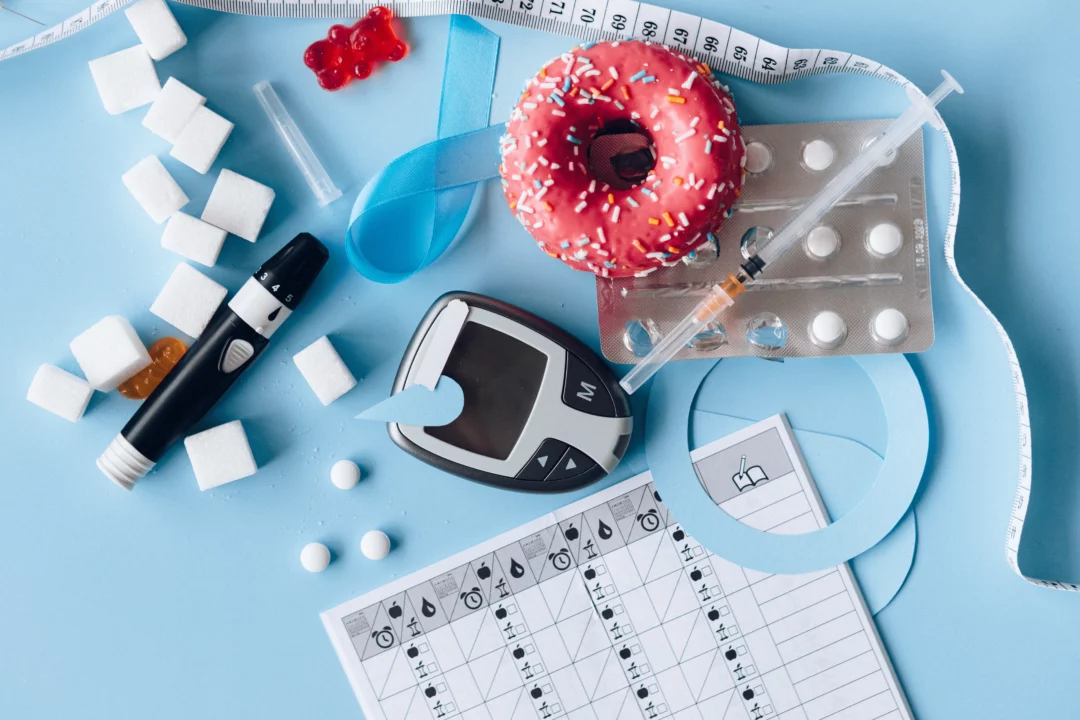
Diabetes mellitus, or diabetes in Czech, is a lifelong disease that has plagued humanity for thousands of years. Let's take a look at how diabetes develops, what problems it causes, how to treat it, and how we can help ourselves.
 Diabetes does not hurt. But it still significantly interferes with the patient's daily life and can significantly shorten their life expectancy, by up to 9 years in men and even up to 15 years in women.
Diabetes does not hurt. But it still significantly interferes with the patient's daily life and can significantly shorten their life expectancy, by up to 9 years in men and even up to 15 years in women.
Concept diabetes everyone has heard of it. It is a lifelong chronic disease in which the body's metabolism does not function as it should. There is insufficient conversion of sugars and a disruption in the processing of proteins, fats, minerals and water. The main role here is played by insulin.
It is a hormone in the human body that takes care of blood sugar regulation and for glucose from food to travel into the cell, where it is converted into energy. Diabetics have a deficiency of this hormone or it does not work properly. This is how insulin resistance and subsequently the disease. Therefore, it is necessary to deliver insulin to the body in a different way.
To make things not quite so simple, we have two types of diabetes, or rather three.

After giving birth, a woman should continue to to go for check-upsShe is at increased risk of developing type 2 diabetes.

Like any disease, it has its triggers or risk factors. Some we cannot influence, but others we can.
 In addition to seeing a doctor, you can also recognize the symptoms of diabetes yourself. 1st type is the onset of symptoms very fast, in a matter of days or weeks. On the contrary, in 2nd type with symptoms gradually appear over the course of several years.
In addition to seeing a doctor, you can also recognize the symptoms of diabetes yourself. 1st type is the onset of symptoms very fast, in a matter of days or weeks. On the contrary, in 2nd type with symptoms gradually appear over the course of several years.
This includes feeling of exhaustion, fatigue, strong and frequent thirst and subsequent frequent urination, increased hunger, weight loss, slow wound healing, mycoses, fungi, visual impairment.
Subsequently, it is measured blood sugar, for which it is used glucometerIt is performed by pricking the finger and collecting blood on a strip covered with an enzyme that reacts to blood sugar. It is important that the patient is fasting during the measurement, and can drink clean water or unsweetened tea.
 Untreated diabetes can lead to many health complications and affect any organ in the body. It can affect you heart disease, stroke, ischemic disease of the lower extremities, nerve damage, vision, kidney damage, skin disease, digestive tract disease, diabetic foot and various infectionsUntreated diabetes can also put the patient at risk on lifeIt's not called that by chance. silent killer.
Untreated diabetes can lead to many health complications and affect any organ in the body. It can affect you heart disease, stroke, ischemic disease of the lower extremities, nerve damage, vision, kidney damage, skin disease, digestive tract disease, diabetic foot and various infectionsUntreated diabetes can also put the patient at risk on lifeIt's not called that by chance. silent killer.